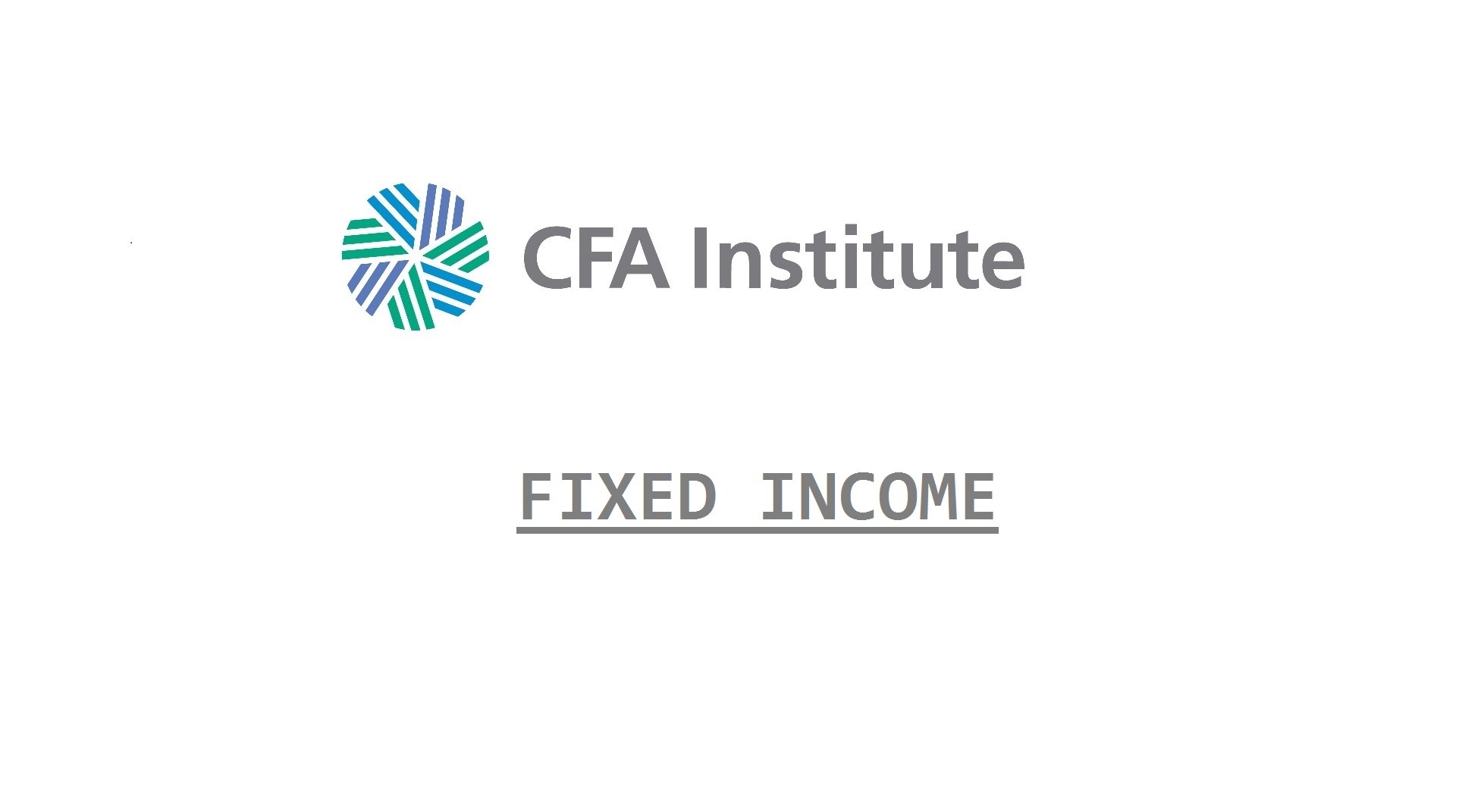Expected exposure is the amount a investor stands to lose on risky bond before recovery amounts are taken into consideration. Recovery rate, the percent recovered in event of default, is the opposite of loss severity. (1-recovery rate = loss severity). Loss given default is equal to loss severity multiplied by exposure.
Probability of default measure how likely it is that a default will occur during the given year. The hazard rate is the initial probability of default for a bond. The probability of default in each subsequent year is calculated as the conditional probability of default given that default has previously not occurred.
Probability of survival is 1 – the cumulative conditional probability of default. Assuming a constant hazard rate, then the probability of survival for time period t is given as:
PSt = (1 – hazard rate)t
The probability of survival decreases over time. PD, the conditional probability of default, depends on the probability of survival from the prior period.
PDt = hazard rate × PS(t–1)
The expected loss for any period is the loss given default (LGD) for that period multiplied by the PD for that period.
Credit valuation adjustment is the sum of the present value of expected loss for each period. CVA quantifies the credit risk in PV terms, and can be stated as the difference between the price of a risk free bond and an otherwise risky bond.
CVA = price of risk-free bond – price of risky bond
We used a probability of default that was based on the expected likelihood of default in any given year. However, in practice, we use the risk neutral probability of default, which is the probability of default implied in the current market price.
In general, given the market price (and hence the credit spread), the estimated risk neutral probabilities of default and recovery rates are positively correlated.
